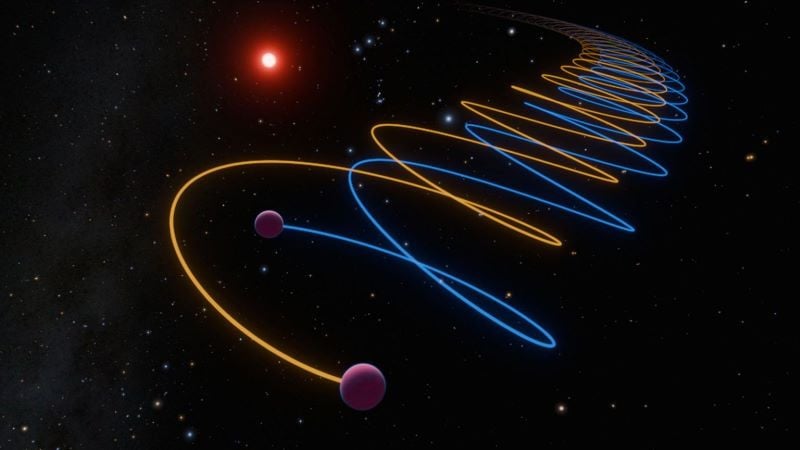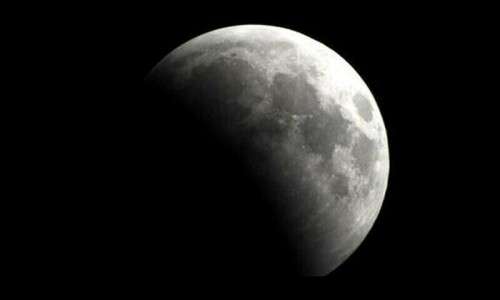In 1995, astronomers celebrated the discovery of a brown dwarf, a celestial object too small to be a star yet too large to be a planet. However, recent research reveals that this discovery was only half the story. What was thought to be a single brown dwarf is actually two brown dwarfs orbiting each other.
These two brown dwarfs, named Gliese 229Ba and Gliese 229Bb, are located about 19 light-years from our solar system in the constellation Lepus. The brown dwarfs are gravitationally locked in a binary system, a common arrangement among stars, but rare for brown dwarfs. They orbit each other every 12 days at a distance 16 times the separation between Earth and the moon.
Gliese 229Ba has a mass 38 times greater than Jupiter, while Gliese 229Bb is 34 times more massive than Jupiter. Their discovery was confirmed through studies using telescopes in Chile and Hawaii, as documented in the Astrophysical Journal Letters and the journal Nature.
Brown dwarfs occupy a niche between stars and planets. They are too massive to be planets but lack the necessary mass to ignite nuclear fusion like stars. They can burn a heavy form of hydrogen called deuterium but not the common form of hydrogen. This results in brown dwarfs glowing dimly as they cool down.
“A brown dwarf is an object that fills the gap between a planet and a star,” explained Sam Whitebook, a graduate student at Caltech and lead author of one of the studies. “They range in mass from approximately 13 to 81 times the mass of Jupiter. Because they can’t fuse hydrogen, they can’t ignite the fusion channels that power most stars.”
The initial discovery of Gliese 229B in 1995 was significant, marking the first confirmation of a brown dwarf and coinciding with the announcement of the first exoplanet. However, anomalies in its mass measurement hinted at its dual nature. The mass of Gliese 229B, measured at about 71 times that of Jupiter, was inconsistent with its brightness, suggesting the presence of two objects.
The new observations confirmed that Gliese 229B is actually a pair of brown dwarfs orbiting a red dwarf star, which has a mass about six-tenths that of our sun. Despite their mass, the brown dwarfs have a smaller diameter than Jupiter due to their higher density.
“We still don’t really know how different brown dwarfs form, and what the transition between a giant planet and a brown dwarf is,” said Caltech astronomer Jerry Xuan, lead author of another study. “This finding also shows us that brown dwarfs can come in configurations we were not expecting. It highlights the complexity and messiness of the star formation process and the importance of remaining open to surprises.



